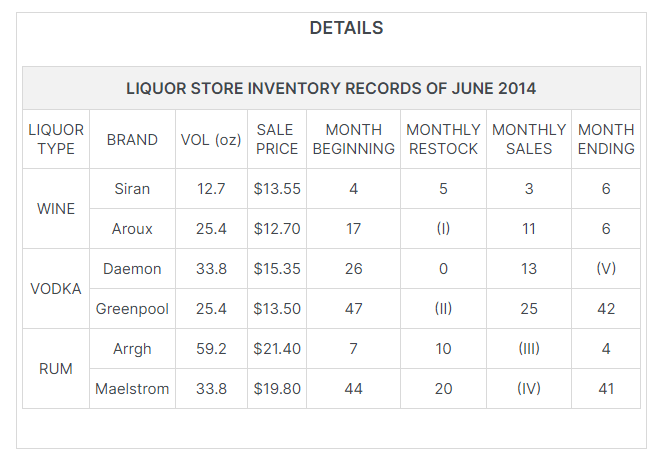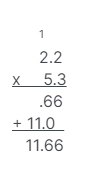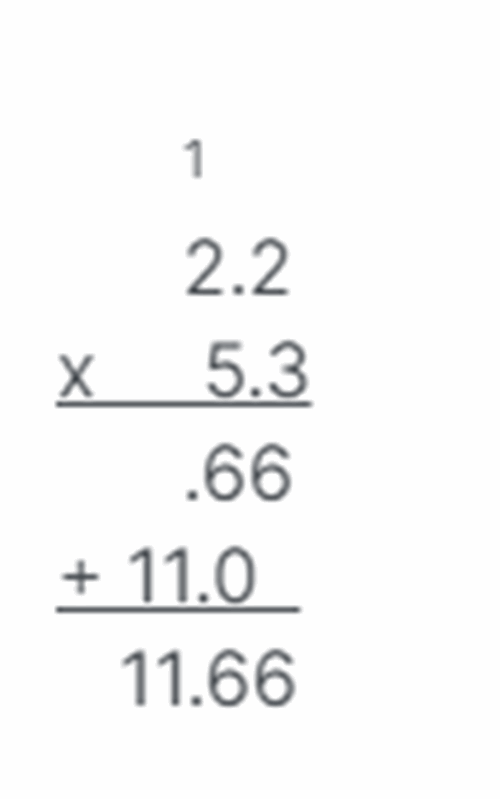Are you required to take the Math test for employment as part of your recruitment process? JobTestPrep offers sophisticated practice materials that can increase your chances of excelling on the basic math test for employment.
The math aptitude preparation pack includes the following:
- A Full Diagnostic test that will help assess which Numerical Reasoning subjects you need to focus on in your practice sessions.
- 8 Basic Math practice tests that will help improve your skills when dealing with fractions, decimals, and formula questions.
- 12 Numerical Drill tests that cover topics such as Averages, Weighted averages, Percentages, Ratios, Finance, Unit Conversion, Currency Exchange calculations, Numerical Estimation, Long Division, and Statistics.
- 10 Word Problem practice tests that will challenge you with questions about Ratios, Percentages, Equations, Probability & Combinatorics, Work Rate, Travel, and Geometry.
- 12 Numerical Reasoning practice tests that will help you improve at Reading Tables and Graphs, Tabular Reasoning, and Interpreting Tables & Graphs.
- 9 Number Series practice tests will challenge you with questions that will require identifying the logical rules behind each number series and determining which numbers complete the series.
- 5 Algebra and Algebraic Equations practice tests that will increase your ability to solve basic algebra problems and algebraic equations based on the provided information.
- 17 Guides and Video Tutorials - This pack contains guides and tutorials explaining all the different math topics in detail.
This page will help you prepare for the Math pre-employment testing assessment. It includes a detailed guide and some free sample questions.
Each practice test contains detailed answers and explanations
- 8 Basic Math practice tests
- 12 Numerical Drill tests
- 10 Word Problem practice tests
- 12 Numerical Reasoning Practice tests
- 9 Number Series practice tests
- 5 Algebra and Algebraic Equations Practice tests
- 17 Guides and Video Tutorials
JobTestPrep is a leading test prep company that offers accurate practice simulations for hundreds of pre-employment tests. Since 1992, it has helped 1M+ candidates. If you have any additional questions about the Pre Employment Math test, feel free to send us an email, we usually reply within 24 hours.
What is the Math Pre-Employment Test?
The pre-employment math test evaluates a candidate's cognitive abilities such as logic, pattern recognition,understanding tables and graphs and are required when testing for roles like Cashiers, Accountants, Bank tellers, Engineers, Physicists, Pharmacists, Computer programmers, Loan officers, etc.
The test types correspond to the job level, including high-ranking senior management positions, graduate or managerial jobs, and administrative and sales roles.
Is the Math Pre-Employment Test Hard?
The job level you are applying to often determines the type or level of quantitative test you will encounter. Difficulty levels may vary, in addition to variations in question topics and contexts, making a test potentially easier or more difficult.
The testing time frame can also vary greatly depending on your prospective employer and his or her wants and needs.
Some math tests take 20–90 minutes, while others are untimed. As speed and accuracy are important factors, it's recommended that before starting a timed exam, quickly calculate the seconds or minutes that can be allocated for each question.
Enhance you cognitive ability skills with our Free CCAT Practice Test.
Free Pre-Employment Math Test Sample Questions
Word Problem Percentages Sample Question
In one sample of 2,048 the percentage of people with blonde hair is 37.5%. In a different sample of 312 the percentage of people with green eyes is 87.5%. One of the researchers discovered some errors were made in the calculations. The number of people with blonde hair in the first sample was actually 162.5% of the reported number. Furthermore, the number of people with green eyes in the second sample was actually 33.33% of the reported number.
How many more or fewer people with blonde hair were there actually in the first sample when compared to the actual number of people with green eyes in the second sample?
Mathematical Reasoning Basic Math Sample Question
Calculate:
(5.3)x(2.2)
Online Preparation for Mathematical Reasoning Tests
JobTestPrep has developed a wide range of practice tests able to prepare job candidates to a variety of tests offered at pre-employment assessments. Our resources contain exercises designed to bring your numerical skills and problem-solving abilities to new heights. Our tests and drills are always supplied with study guides and answer keys to enable you to identify and eliminate your weaknesses before you take your exam. Therefore, no matter what specific questions your actual test at the company contains, you will be well prepared to pass it successfully and become shortlisted for an interview.
Mathematical Numerical Tabular Sample Question
Observe the following table:

What is the value of (II)?
Number Series Sample Question
6/3 | 5/4 | 4/5 | 3/6 | 2/7 | ?
Please choose one correct answer
Prepare for The Math Pre-Employment Test
Jobtestprep's pre-employment math prep pack™ contains over 45 practice tests, study guides, and detailed explanations for each question.
Performance on numerical reasoning tests can definitely be improved with practice. Therefore, exposure to the type of questions used on real tests, as well as an understanding of the underlying principles of each topic, are the key to success.
Moreover, ongoing hands-on practice is guaranteed to increase your confidence and improve your response times. Our pre-employment math practice tests provide you with both exam familiarity and an essential math review.
To ensure the most efficient and helpful practice, JobTestPrep offers timed tests simulating the actual exam, as well as a step-by-step mode allowing you to learn and gain a better understanding of the material.
This PrepPack™ is available anytime, anywhere. Try our complete preparation package and attain the position you are seeking.
Types of Numerical Tests
Below is a list of the various numeracy tests you are likely to encounter. By understanding the purpose of each question, you will be able to prepare yourself for the test and the job.
Basic Numeracy
Basic numeracy tests, also known as numerical literacy tests or basic math tests, are all about the foundations of math—the four basic operations, fractions, decimals, rounding numbers, averages, and basic geometry.
Numerical Reasoning
Although the term "numerical reasoning" is rather broad, it generally refers to tests in which more than just basic arithmetic is involved. There are four major topics covered on these tests: word problems, number series, numerical reasoning charts (i.e. graph and table questions), and sufficiency questions.
Advanced Numerical Reasoning and Numerical Critical Reasoning Tests
Advanced numerical reasoning tests are used when advanced math, analysis, and data interpretation skills are required. These tests are similar to "regular" numerical reasoning tests, but they are simply considered more difficult as they include numerous charts and calculations. You may also need to use information beyond the question, such as formulas that may or may not be provided on the test.
Numerical critical reasoning tests are a type of advanced numerical test, but these tests are difficult to characterize as each assessment company sets its own standards. However, one thing each of these tests has in common is that very accurate and precise calculations are needed to solve the math problems.
Currency and Unit Conversion Tests
Conversion tests of all kinds work along the same basic concept: using a formula to convert one amount into another in terms of specific units. The most common types of conversion tests are currency conversion and unit conversion tests.
Non-Calculator Tests
Some numerical tests do not allow the use of a calculator as they are an assessment of your mental mathematical ability. While it is, in general, common for there to be a time limit on aptitude tests, non-calculator tests move particularly quickly. The questions on these tests can be made up of the concepts in the regular numerical reasoning tests seen above. However, the numbers you are asked to work with are easier to calculate.
Create Your Own Assessment Prep Kit!
Finding a job can be a lengthy and challenging journey, often stretching over months and requiring multiple pre-employment tests and interviews. With our Premium Membership, you'll have the support you need every step of the way.
Mix & match 3 Preparation Packs at 50% discount for 1,3, or 6 months
What Skills Do These Tests Measure?
Numerical tests are designed to look at the range of skills and abilities needed to perform most jobs. Some of the skills and abilities include basic math or computations skills, such as the four basic operations (addition, subtraction, multiplication and division), percentages, ratios, analyzing graphs, and other numerical data.
Major Assessment Companies
There are several major assessment companies that provide employers with pre-hire math assessment tests. While many of the concepts used on the tests are similar, the companies' tests vary in terms of question style, test format, and time frame.





